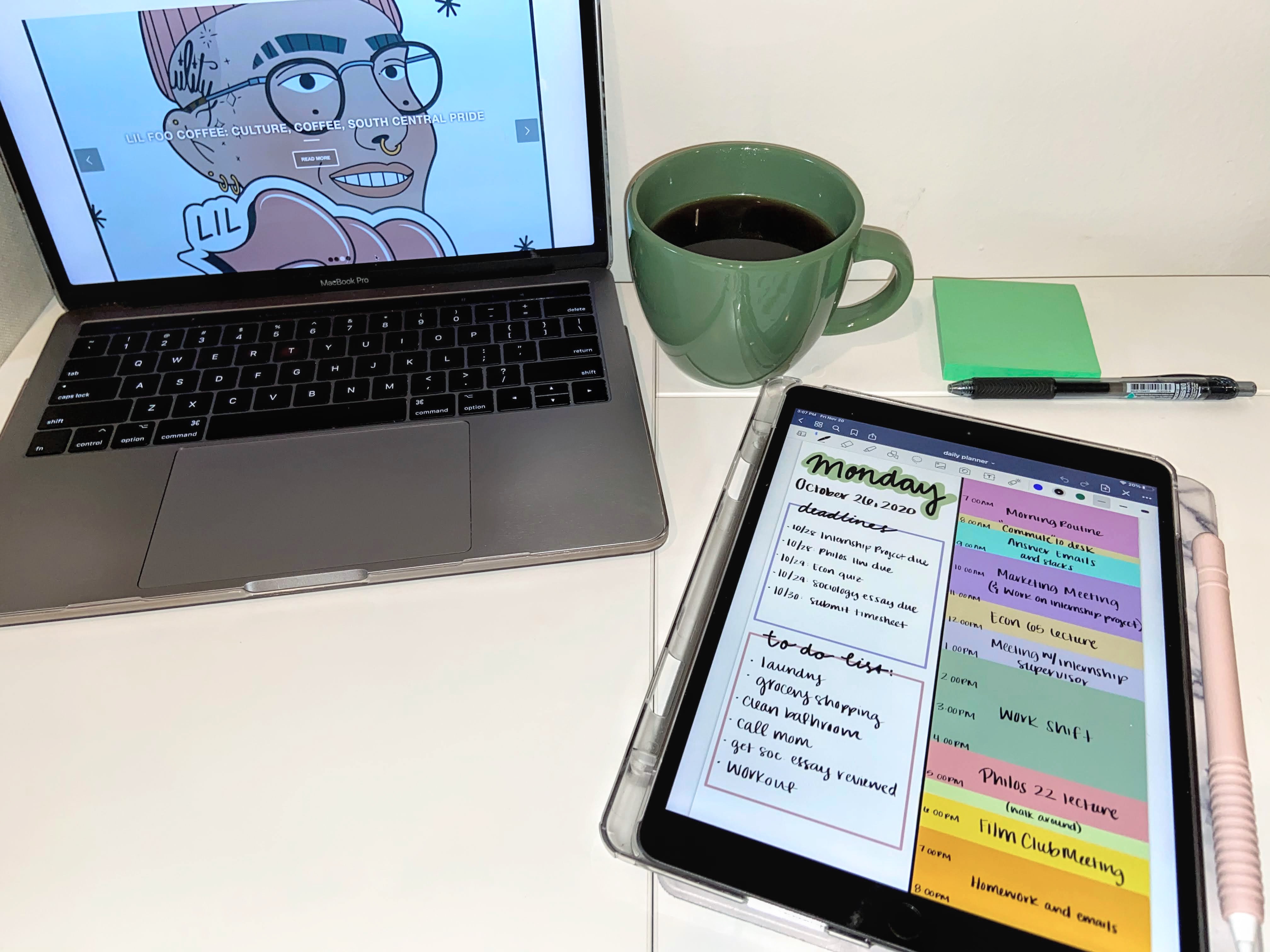Navigating Boundaries

Illustration by Haven Morales
Boundaries are good, healthy, and necessary in order to have fruitful relationships. Recently the idea of setting boundaries is celebrated with joy; everywhere there are reminders that setting boundaries is a step towards becoming a society that is cognizant of others’ feelings, while still accounting for your own. From the outside looking in, it might seem like boundaries are simple and straightforward, but that is far from the truth. Oftentimes, boundaries are terrifying to set and even harder to abide by but without them it is easy to fall into emotionally draining relationships, or even in trauma inducing situations; this is why setting up boundaries in the first place is necessary.
Many can attest that the process of setting boundaries is to be quite frank –exhausting. Navigating what you are comfortable with, where you draw the line, when the appropriate time is, who you set them for, can be a painfully dreadful process. Even after all of this the hardest part is left – how do you actually tell someone what your boundaries are and how can they respect them? Needless to say, the first time I did this with my mom, it did not go well. You see, my mom grew up in Jalisco to a family of nine during the 80s; for her, boundaries are a strange concept invented by millennials, never applicable to her or her family. She did not understand the concept because it was completely foreign to her.
I have been conditioned to see boundaries as something that is normal and should be respected if brought up, yet the experience I had with my mom taught me that a lot of adults do not share this mindset and trying to hold them to my expectations of boundaries was bound to fail. It helped me to understand that a lot of adults view boundaries through the lens of losing authority. As far as my mother could tell, the boundaries I was trying to set would have removed her authority over me completely; which is why she reacted apprehensively. In reality, I felt it was necessary for my mental well-being to feel comfortable living back home while still attending school. This misinterpretation of what boundaries mean is very typical when first setting up boundaries with immigrant families.
So how does one set up boundaries with someone who might be completely new to the idea? Some things I found to help when setting boundaries for the first time is simplicity and directness. Being extremely clear about what you want will make it easier for the other party to digest and ultimately easier for them to accept. Second, hold your ground even if you don’t get the reaction you hoped for. Although it is very discouraging for someone to disregard your efforts to set up boundaries, keep in mind that you cannot control the reactions of others, only your own. Third, be grateful to yourself and others who are willing to accept your boundaries or make an effort to respect your boundaries. Boundaries are hard for the person setting them and the ones having to abide by them, it takes time to get it just right so don’t be discouraged if it doesn’t work out perfectly the first time. Above all, do not give up if you can’t set boundaries perfectly the first time, we are all human and it takes trial and error in order to perfect something as meaningful as boundaries; in the end, you will find that successfully setting up a boundary brings immense joy and it is worth all the stress. For my mom and I, setting up boundaries did not happen in a vacuum but starting that conversation brought us a deeper understanding of each other and ultimately helped both of us become cognizant of each other’s needs. Always remember to be kind to yourself and the other person throughout the process.
To view this article in its full designed glory, head over to our Issuu to view our Fall 2020 Boundaries Issue!


Leave a Reply
Want to join the discussion?Feel free to contribute!